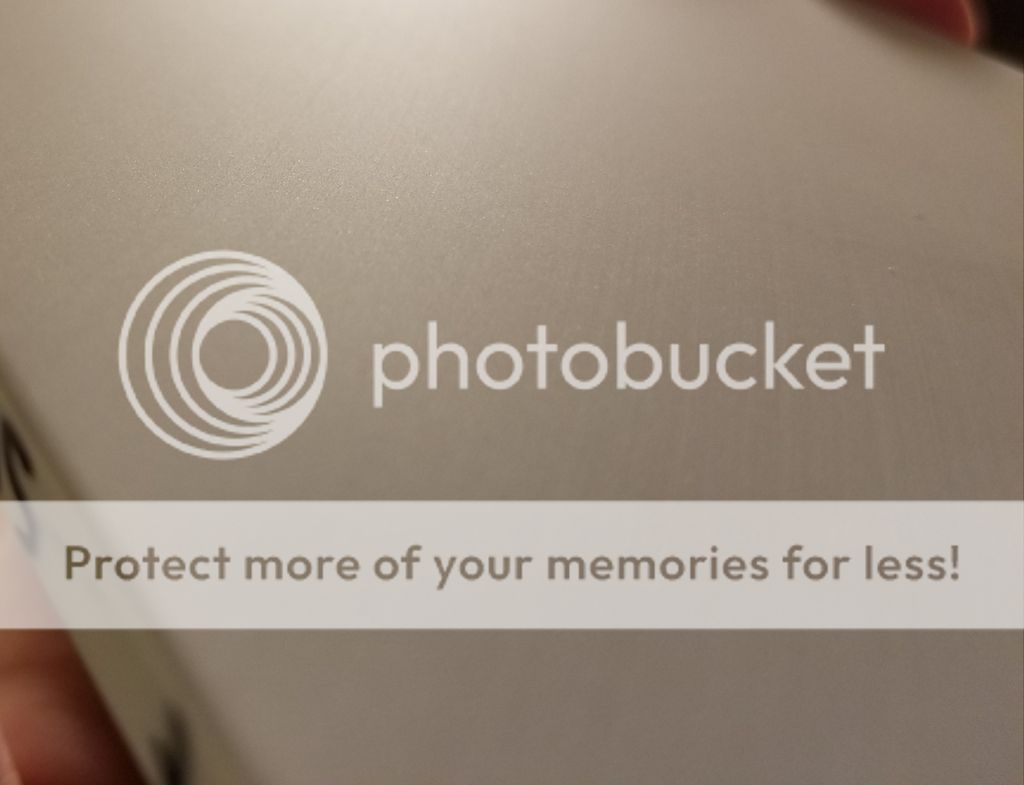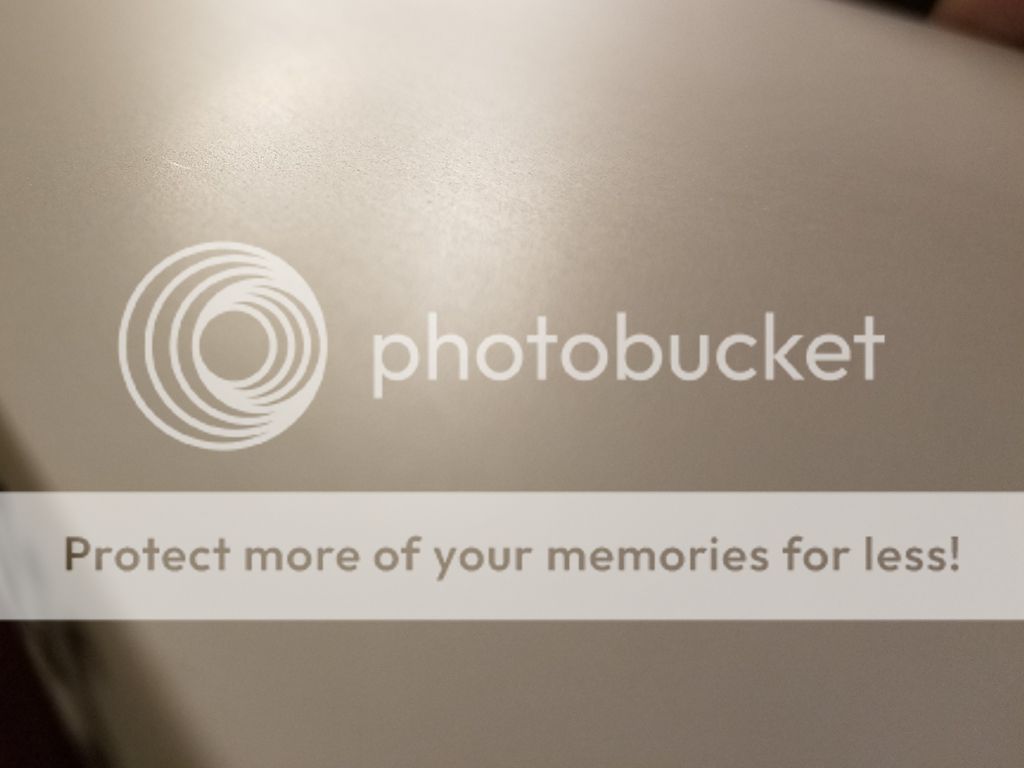I recently decided to take a few close-up photos of my Spyderco UF to show the difference between a factory surface and a lapped surface since some here seem to think this isn't a possibility or can't be done. While I was at it, I also took some of the Spyderco F hones and Spyderco M hones for comparison. All of these are taken at 168x (calibrated and correct) when they are at 1:1 pixel ratio on my computer's monitor. Your monitor size may be different, yada yada. Without further ado:
First up is a Spyderco M - or "brown" hone. This first shot is taken with the scope's ring light:

Next, same hone with contrast lighting. Bright points are peaks of abrasive particles sticking up, dark areas are low points:

Spyderco F Ring Light:

Spyderco F contrast lighting, same again, bright spots are peaks, darker areas are low:


Here's where it gets interesting. Spyderco UF factory surface. These are flat ground with a diamond cup wheel to differentiate them from the plain-jane Spyderco F. First, ring light shot, then contrast. Note the plainly visible grind marks in the contrast shot:




Then the lapped side of my UF. This was lapped with silicon carbide loose grit - which some seem to think isn't possible. It's plain to see that it works just fine if you know what you're doing. Ring Light, then Contrast. Note the lower prevalence of bright spots and larger span between them - wider areas of dark. This means the hone is much flatter and more even:


First up is a Spyderco M - or "brown" hone. This first shot is taken with the scope's ring light:

Next, same hone with contrast lighting. Bright points are peaks of abrasive particles sticking up, dark areas are low points:

Spyderco F Ring Light:

Spyderco F contrast lighting, same again, bright spots are peaks, darker areas are low:


Here's where it gets interesting. Spyderco UF factory surface. These are flat ground with a diamond cup wheel to differentiate them from the plain-jane Spyderco F. First, ring light shot, then contrast. Note the plainly visible grind marks in the contrast shot:




Then the lapped side of my UF. This was lapped with silicon carbide loose grit - which some seem to think isn't possible. It's plain to see that it works just fine if you know what you're doing. Ring Light, then Contrast. Note the lower prevalence of bright spots and larger span between them - wider areas of dark. This means the hone is much flatter and more even:


Last edited:


